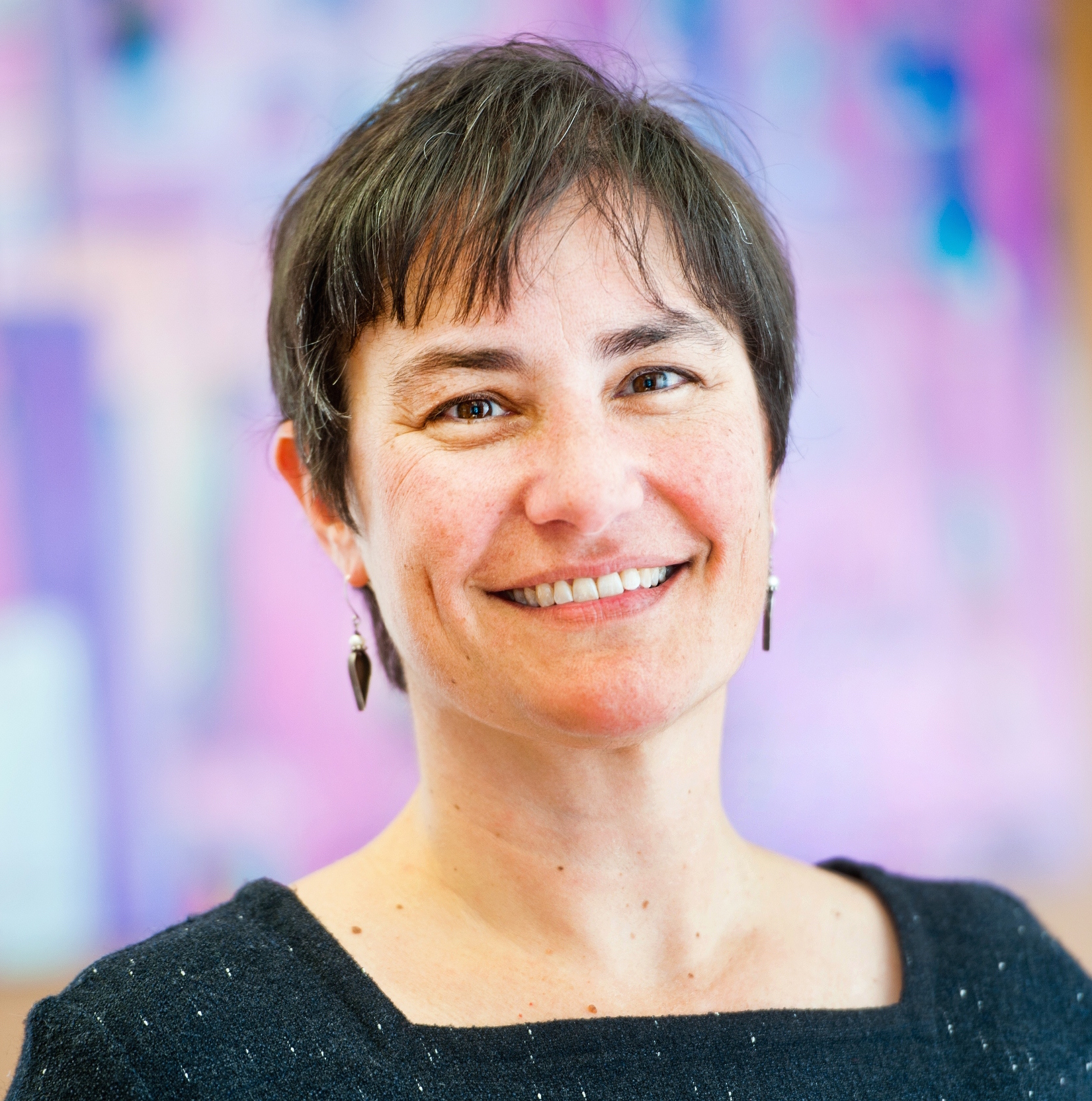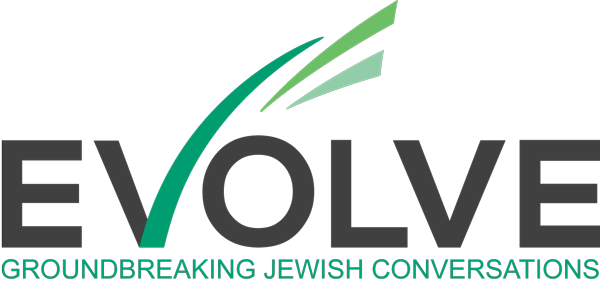
Rabbi Deborah Waxman
Rabbi Deborah Waxman published this essay “‘Covenantal Community’ and Classical Reconstructionism” in December 2024. What follows is this essay, with commentaries exploring Waxman’s points by four other Reconstructionist rabbis: Megan Doherty, Isabel de Koninck, Katie Mizrahi and Elyse Wechterman.
What Is ‘Covenantal Community’?
The “torah” I have been teaching intensively since the world-shattering events of Oct. 7 and its aftermath has been about building “covenantal community across difference.” In this formulation, I am drawing on deep and longstanding Reconstructionist commitments, even as how I articulate it diverges from some “traditional” Reconstructionist language.
First off, what do I mean by covenantal community across difference? In one sentence, I mean voluntarily choosing to co-create communities where we agree to a set of values and then work to articulate norms that prioritize our interdependence over our individuality, that place abiding relationships over what people look like or believe or how they act within the agreed-upon norms. To use a very Jewish image, I mean creating the kind of community where each and every person can come together in our fullness on the eve of Yom Kippur to chant Kol Nidre together and, with the support and shared experience of other people, can atone for our sins.
Covenant is an ancient Jewish concept that puts relationships at the center. Where the Torah and Jewish liturgy emphasize the hierarchal nature of covenant, with God as King or Judge, I, as a child of democracy, am emphasizing covenant on a horizontal axis. For many of us, it is in our relationships with family and friends that we experience the Divine, in the interactions we have with one another. After the teachings of Rabbi Harold M. Schulweis, we can know that godliness is present when we bring to life the characteristics attributed to God, when we act with mercy or lovingkindness or in healing ways — to and with each other.
A covenantal community does not run on autopilot; we need to tend to it continuously. It can be easy to do so in times of celebration. It’s really hard to do it in times of conflict. And that is the power behind the concept of covenant. It’s binding. It’s intended to last, maybe for centuries. It’s a religious metaphor that demands that we stay in stay in deep relationship even in times of struggle.
How Is Covenantal Community Grounded in Classical Reconstructionism?
I understand the concept of covenantal community to be deeply grounded in classical Reconstructionist commitments. It’s an effort on my part to bring them forward to the current moment in language that will be meaningful and hopefully inspiring. The Reconstructionist commitment to diversity as well as our attachment to complexity and nuance has too often translated into fuzzy or overly complicated explanations that can be misconstrued or appropriated. Take, for example, “peoplehood,” a term coined in the 1940s by the circle gathered around Rabbi Mordecai M. Kaplan, which has been widely embraced in ways other than its originators intended. For classical Reconstructionists, peoplehood was intended to be a means to a set of content-filled, values-driven ends rather than an end in and of itself, which is how it has most often been understood. “Covenantal community” is about communicating the heft of this concept so that means and ends cannot be separated.
‘Community Across Difference’ as a Formulation of Kaplan’s ‘Unity in Diversity’
One of the greatest challenges that the Enlightenment era presented to Jewish self-understanding and self-organization was that Jews became individual citizens of nation-states. For the first time in our long and evolving history, the Jewish community — its institutions, its norms and mores but even more the integrating concept of “community” — no longer needed to be the central principle of Jewish life. Religious authority — and the means to compel conformity — was shattered. The religion of Judaism could be separated from an individual’s experience of being Jewish. Choice became an option, including the choice not only to convert (that is, join a different group or community) but to be nothing at all. Every major movement in Judaism in the modern era, religious or political or cultural, has been an effort, at least in part, to address this incredible disruption.
Diversity as a reality and potential strength. In all his arguments, Kaplan made the case for vital modern Jewish communities that drew on the strength of Jewish traditions and that also took advantage of the possibilities of the modern era, including more robustly meeting the needs of individuals within community. He understood that, with communal authority so shattered by the conditions of modernity, modern Jews would be best served by embracing the inevitable diversity as a strength rather than insisting on any one standard, be it religious or political, that couldn’t be enforced. A commitment to diversity was an animating impulse in the founding of Reconstructionism. The key Reconstructionist metaphors “civilization” and “peoplehood,” while singular nouns, both contain and even celebrate multiplicity.
Pluralism as a strategy. Pluralism emerged in the years following World War I as one of the affirmative strategies to manage the reality of diversity, in sharp contradistinction to nativist, Christian supremacist homogenization that promoted the ideology of the “melting pot.” Horace Kallen, the foremost expositor of cultural pluralism, was involved in Jewish and Zionist causes and considered Kaplan among his mentors.[4] Kaplan refers in passing to the emerging strategy in Judaism as a Civilization,[5] and much of the Reconstructionist program can be seen as an effort to demonstrate robust cultural pluralism even as the theory itself was being worked out.[6]
A Note on Different Axes of Diversity
From early on, the Reconstructionist commitment to diversity has led to awareness and embrace of individuals, classes and groups that have previously been marginalized or accorded secondary status. Kaplan was explicit in this in his 1936 argument that women should be granted religious authority on the basis of tikkun olam (“repair of the world”) both because of all they affirmatively could offer and because, with increasing opportunities for women in American society, otherwise they would exit the community.[9] This impulse led to the Reconstructionist adoption of ambilineal (one parent being Jewish) descent in 1967 out of the recognition that choosing to marry someone non-Jewish was not co-equal with a desire to exit the Jewish community.[10] It also fueled the inclusion of openly gay, lesbian and bisexual Jews as rabbis and community members in the 1980s and early 1990s (and, much later, trans Jews)[11] and is one of the (many) drivers of our current commitments to racial equity and inclusion of Jews of color.
Covenant
Avraham Infeld uses the metaphor of the “five-legged table” to describe Jewish identity construction in the contemporary world. His metaphor is also instructive for what it might mean for world Jewry to feel bound as “one united People.”
In Infeld’s approach there are five components or “legs” that combine to make up a person’s Jewish identity: Memory, Family, Covenant, Israel and Hebrew.
Choosing at least three of the components or legs of Jewish identity, or legs provides a stable platform for living a Jewish life and contributing to the world. Less than three, and your “table” or platform of Jewish identity will topple over; more than three makes it more sturdy.
Choosing three also means that every Jew shares at least something with every other Jew, even though they may look different and have very different lifestyles, cultures and customs.
While various Jewish thinkers might define the specifics of the five legs differently from Infeld, the metaphor can be extended from one about individual identity to one that is instructive for building covenant community: Being in covenantal community doesn’t mean being fully aligned, it means that we share critical aspects of what holds us up and makes us who we are in a web of interconnection.
https://5leggedtable.wixsite.com/5leggedtable – Rabbi Isabel de Koninck
Kaplan’s covenant idea was closely tied to his concept of “organic Jewish community,” which he proposed as a solution to the “chaos” that dominated Jewish communal life since the beginning of modernity. Drawing on the thinking of philosopher John Dewey, Kaplan and his disciples argued for an organic community organized on democratic principles and open to reform and evolution. It should make space for all the constituent parts of the Jewish civilization, which prioritizes religion but includes diverse elements and expressions, including, in Kaplan’s words, “that nexus of a history, literature, language, social organization, folk sanction, standards of conduct, social and spiritual ideals, esthetic values”[15] and would include all Jews, of whatever orientation, who affirmatively identified with the Jewish people. In this way, a form of authority would be democratically generated by the Jews governed by it, willingly accepted and applied in a values-driven and planful manner rather than by inequitable distribution of financial resources or the power of one agency or communal sector over another. (Both covenant and organic community were ultimately deemed by Jewish communal leaders as too utopian to be implemented.)
Conclusion
[1] Kaplan’s critique deeply influenced the formulation of the Reform movement’s 1937 Columbus Platform that began a slow process of the Reform movement moving ever closer to many Reconstructionist positions. The need to rethink this part of his magnum opus was one of many reasons why Kaplan declined to update it in subsequent decades.
[2] The Future of the American Jew, p. 325.
[3] For further discussion of this, see Chapter Two of my dissertation, “Animating Metaphors: Reconstructionist Efforts toward Jewish Unity,” in Ethnicity and Faith in American Judaism: Reconstructionism as Ideology and Institution, 1935-1959.
[4] William Toll, “Horace M. Kallen: Pluralism and American Jewish Identity,” American Jewish History, Vol. 85.
[5] Chapter 26, note 9, p. 528
[6] I discuss this extensively throughout my dissertation.
[7] This goal, so ambitious that it may be inherently paradoxical, is an example of why it can be difficult to communicate Reconstructionism succinctly. It also directly led to the shape and history of the Reconstructionist movement, since in its contradiction it led to Kaplan promoting Reconstructionism as a methodology rather than a denomination and choosing to stay within the confines of the Conservative movement, no matter how uncomfortable its leaders frequently made it for him and his followers.
[8] See this recording for Limmud’s 2021 Global Day of Learning: https://www.youtube.com/watch?v=25JkDEZ6i2s
[9] “Kaplan made his argument in “The Status of the Jewish Woman,” first published in The Reconstructionist in 1936 and reprinted in his 1948 book The Future of the American Jew. For further discussion, see my article “‘A Lady Sometimes Blows the Shofar: Women’s Religious Equality in the Postwar Reconstructionist Movement” in A Jewish Feminine Mystique?: Jewish Women in Postwar America.
[10] Jacob Staub, “A Reconstructionist View of Patrilineal Descent” in Judaism 34/1 (Winter 1985): 97-106. http://archive.jewishrecon.org/resource-files/files/Reconstructionist%20view%20on%20patrlineal%20descent.pdf
[11] Rebecca T. Alpert and Jacob J. Staub, “The Making of Gay and Lesbian Rabbis in Reconstructionist Judaism, 1979-1992,” in Devotions and Desires: Histories of Religion and Sexuality in the Twentieth Century United States, chapter 11, edited by Gillian Frank, Bethany Moreton, and Heather White. University of North Carolina Press, 2017, pp. 214-233.
[12] “Judaism as a Gendered Civilization: The Legacy of Mordecai Kaplan’s Magnum Opus” in Jewish Social Studies, Vol. 12, No. 2, Winter 2006, pp. 172-186.
[13] Mordecai M. Kaplan, “The Principles of Reconstructionism,” The Reconstructionist, March 18, 1955/Adar 24, 5715, 22.
[14] See my dissertation, p. 106.
[15] Judaism As a Civilization, p. 178.






